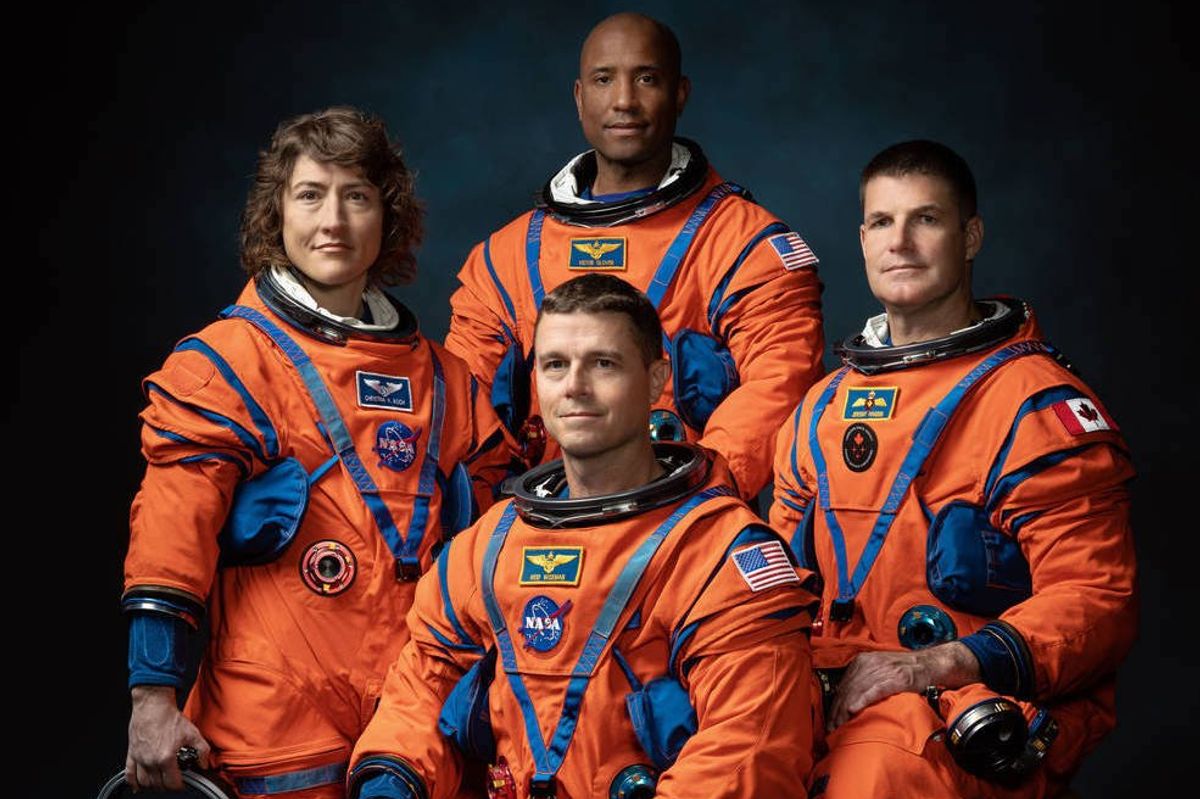Houston space tech startups share latest updates on lunar missions and more
space update
Houston-based space tech companies Axiom Space and Intuitive Machines recently shared updates on innovative projects and missions, each set to launch by 2027.
Axiom Space
Axiom Space, developer of the world’s first commercial space station and other space infrastructure, is gearing up to launch two orbital data center nodes to low-earth orbit by the end of 2025.
The Axiom Space nodes will lay the foundation for space-based cloud computing. Axiom says orbital data centers provide cloud-enabled data storage and processing, artificial intelligence, and machine learning directly to satellites, constellations, and other spacecraft in Earth’s orbit. This innovation will reduce reliance on earth-based systems, enhance wireless mesh networks and improve real-time operation of space-borne assets, according to Axiom.
Axiom has been working on the development of orbital data centers since 2022. The two nodes going into space in 2025 will be part of Kepler Communications’ 10-satellite data relay network, which is scheduled to launch by the end of this year. Axiom Space and Kepler Communications have been collaborating since 2023.
Kam Ghaffarian, co-founder, executive chairman, and CEO of Axiom, says his company already has deals in place with buyers of space-based cloud computing services. Orbital data centers “are integral to Axiom Space’s vision of era-defining space infrastructure, unlocking transformational capabilities and economic growth,” he says.
Axiom Space says it will be able to buy additional payloads on Kepler’s network to boost capacity for orbital data centers. The two companies will team up to provide network and orbital data center services to various customers.
Intuitive Machines
Meanwhile, Intuitive Machines, a space exploration, infrastructure and services company, has picked SpaceX’s Falcon 9 rocket to launch its fourth delivery mission to the moon. The launch will include two lunar data relay satellites for NASA.
Intuitive Machines says its fourth lunar delivery mission is scheduled for 2027. The mission will comprise six NASA commercial lunar payloads, including a European Space Agency drill set designed to search for water at the moon’s south pole.
“Lunar surface delivery and data relay satellites are central to our strategy to commercialize the moon,” Intuitive Machines CEO Steve Altemus says.
The first of five lunar data relay satellites will be included in the company’s third delivery mission to the moon. The fourth mission, featuring two more satellites, will be followed by two other satellite-delivery missions.
- Houston space tech company secures $116.9M NASA contract ›
- Houston space tech co. rolls out futuristic lunar rover for NASA's Artemis missions ›
- Houston space co. secures $4.8B NASA contract to provide communications, navigation services ›
- Houston innovator discusses the power of a pivot and the future of the Space City ›
- Space tech unicorn opens new 22-acre HQ in the Houston Spaceport ›
- Houston space tech co. revises timeline for commercial space station development with NASA partnership ›
- Houston space tech company reaches major milestone for engine technology ›
- METECS lands $150M NASA contract for space vehicles, robots - InnovationMap ›
- Intuitive Machines lands $9.8M contract for orbital transfer vehicle - InnovationMap ›

 Meet the four astronauts who will return humans to the moon. Photo courtesy of NASA
Meet the four astronauts who will return humans to the moon. Photo courtesy of NASA